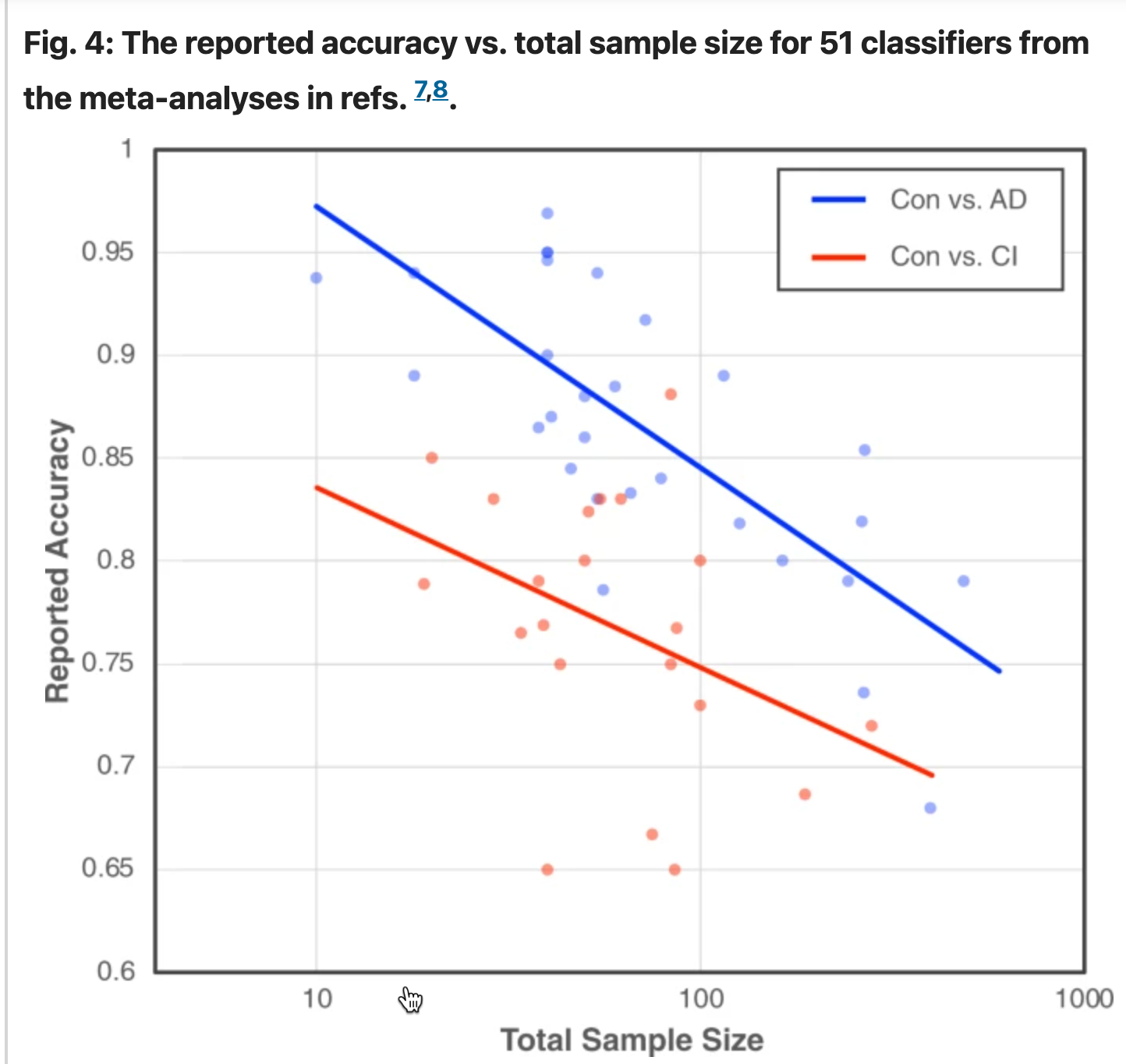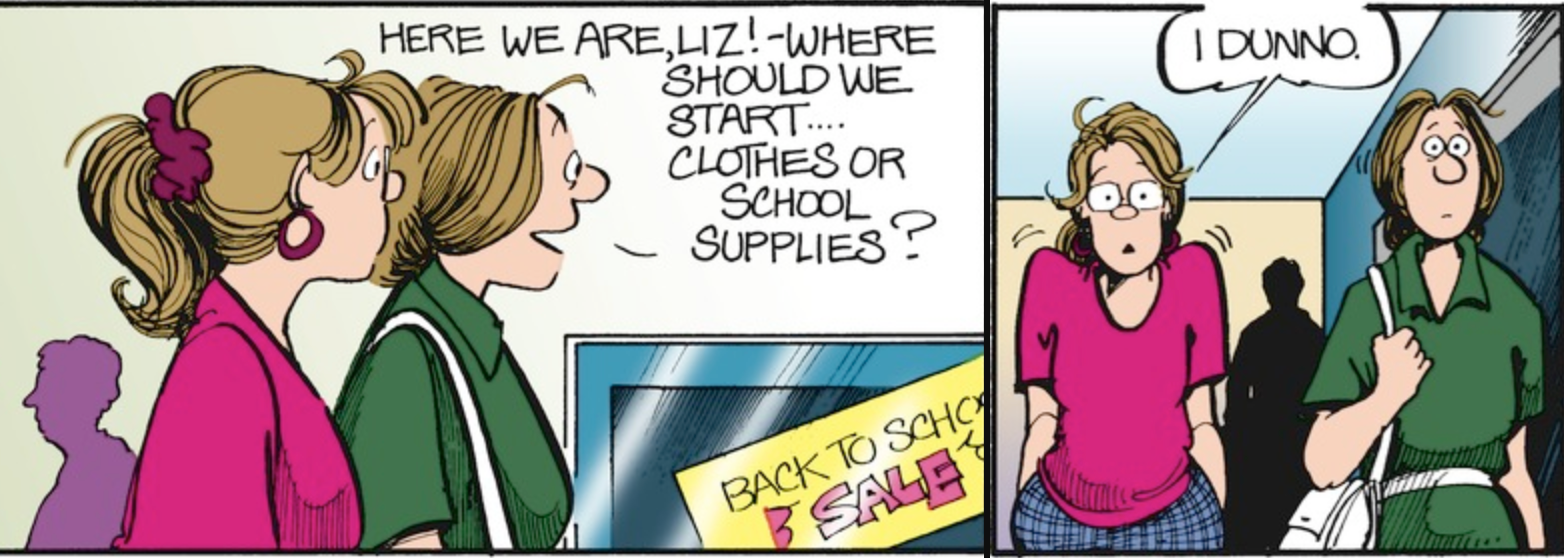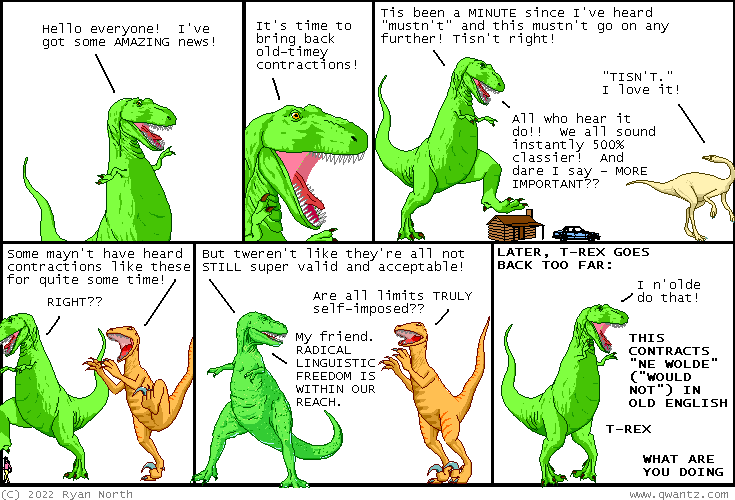Archive for August, 2022
Omnibus Chinglish, part 3
Still more fun (see parts 1 and 2 on Chinglish examples from WeChat).

(source)
Read the rest of this entry »
Super color Doppler, part 2
[This is a guest post by Greg Pringle, in response to questions I posed regarding the photograph at the top of this post from yesterday, mainly:
What does the Mongolian script say? Does it match the Chinese*? Are there any mistakes in it?
*The Chinese is short for "in color with Doppler ultrasound".]
The Mongolian says önggöt – het dolgion – zurag (ᠥᠩᠭᠡᠲᠦ ᠬᠡᠲᠦ ᠳᠣᠯᠭᠢᠶᠠᠨ ᠵᠢᠷᠤᠭ). It literally means "coloured ultra-wave picture" or, as Google Translate has it, "colour ultrasound imaging”. My Inner Mongolian dictionaries confirm that önggöt het dolgion zurag means literally “彩色超声波图” in Chinese and it is found on the Internet with that meaning.
You quote Diana Shuheng Zhang as saying the Chinese means "Color Doppler Ultrasound". I did find önggöt doppler zuraglal (Өнгөт Допплер зураглал) "coloured Doppler sketch” in Mongolian-language pages on the Russian Internet, and Jichang Lulu found a couple of sources from Mongolia.
Rather than continue confirming what you already know, I think it fair to bring up the issue of terminology.
Read the rest of this entry »
Omnibus Chinglish, part 2
More fun with Chinglish examples from WeChat (see part 1 here).
Yantai

(source)
Read the rest of this entry »
Omnibus Chinglish, part 1
Fantastic collection of Chinglish examples from WeChat.
There are 18 examples all together. I've already done 2 or 3 of them (see under "Selected readings" below), and a couple of them are not so great. That leaves around a dozen that are previously unknown and quite hilarious. I'll do them in two or three batches.
1.
Read the rest of this entry »
When more data makes things worse…
The mantra of machine learning, as Fred Jelinek used to say, is "The best data is more data" — because in many areas, there's a Long Tail of relevant cases that are hard to classify or predict without either a valid theory or enough examples.
But a recent meta-analysis of machine-learning work in digital medicine shows, convincingly, that more data can lead to poorer reported performance. The paper is Visar Berisha et al., "Digital medicine and the curse of dimensionality", NPJ digital medicine 2021, and one of the pieces of evidence they present is shown in the figure reproduced below:

This analysis considers two types of models: (1) speech-based models for classifying between a control group and patients with a diagnosis of Alzheimer’s disease (Con vs. AD; blue plot) and (2) speech-based models for classifying between a control group and patients with other forms of cognitive impairment (Con vs. CI; red plot).
Read the rest of this entry »
I dunno1 or I dunno2 or I dunno3?
And don't forget I dunno4 . . .
Today's For Better or For Worse starts this way:

Read the rest of this entry »
Banning Cantonese
Here is an Instagram link to a young Cantonese teacher, Zita Wong, talking about a restaurant in Guangzhou that banned Cantonese and describing the backlash that ensued. She also goes into the efforts to downplay all topolects.
The situation with this particular establishment is especially ticklish because it is a Japanese restaurant operating in China, but the same holds true for many other restaurants, not only in Guangzhou, but in other cities as well.
Read the rest of this entry »
Permalink Comments off
Old-timey contractions
Today's Dinosaur Comics suggests that "RADICAL LINGUISTIC FREEDOM IS WITHIN OUR REACH":
Read the rest of this entry »
Shades of gray
Amanda Mull, "The HGTV-ification of America: You can't escape gray floors", The Atlantic 8/19/2022:
You’ve seen the gray flooring. You know its lifeless hue even if you haven’t been house hunting recently. The stuff is in old-house-rehab shows on HGTV, in the house next door that’s now on the market for the second time in nine months, in the ads for at least one but probably several new condo buildings in a rapidly gentrifying part of your city. It’s as omnipresent online as it is in real life, making frequent appearances in the newly purchased houses of 20-something TikTok-hustle influencers and in the homes that play background to Millennials trying to make their pets Instagram famous.
These floors—almost always made of what’s called luxury vinyl plank flooring in trade terms, or laminate or fake wood in real terms — can vary in shade anywhere from vape cloud to wet gravel. The companies that market them tend to use terms like sterling and chiffon lace and winding brook. Gray laminate seems to have begun the journey to popularity about a decade ago; when I last apartment hunted, in 2017 in Brooklyn, it was already common in listings that bragged of newly renovated units. Now gray flooring is so ubiquitous that all kinds of people — interior designers, real-estate agents, random Redditors — have begun to plead for mercy.
Read the rest of this entry »
Sayings about cats and dogs in Japan
One of the most famous novels in Japanese literature is titled Wagahai wa Neko de Aru 吾輩は猫である (I Am a Cat; see in "Selected readings" below), which I have always taken as a sign of the degree to which Japanese, at least some Japanese, can identify with catness. The same holds true for Japanese painted scrolls depicting people as cats (or cats as people).
Read the rest of this entry »
The mysterious Yale Burma embarrassment
Ben Zimmer just sent an update to a thread that started with a series of posts on the mobilization of American linguists during WWII:
"A tale of two societies", 3/1/2007
"Linguistics in 1940", 3/11/2007
"The Intensive Language Program", 3/20/2007
"The Chinese episode", 3/21/2007
"The Burmese Story", 3/22/2007
J. Milton Cowan's account of the Burmese Story (from American Linguistics in Peace and at War) ends with the following passage:
Things went well for about a month then one day Franklin Edgerton turned up in our office looking very embarrassed. He said that Alamon had not been entirely frank about his sources of income, and although he rather enjoyed the atmosphere at Yale and Spotty was happy and well-adjusted, he was losing money on the deal. It seems he had been running a little numbers racket in lower Manhattan. Our work was so far along and the problem of getting a replacement so great that we finally settled for doubling his salary. The unwritten history of Burmese linguistics is loaded. Alamon's successor, the other Burmese-sounding name on the Roster, gave rise to an embarrassment of the Yale linguists and the University which was as funny to outsiders as it was painful for those involved. But enough for Burmese.
Read the rest of this entry »



